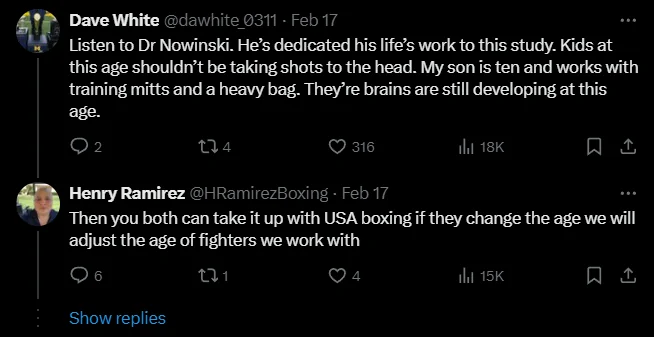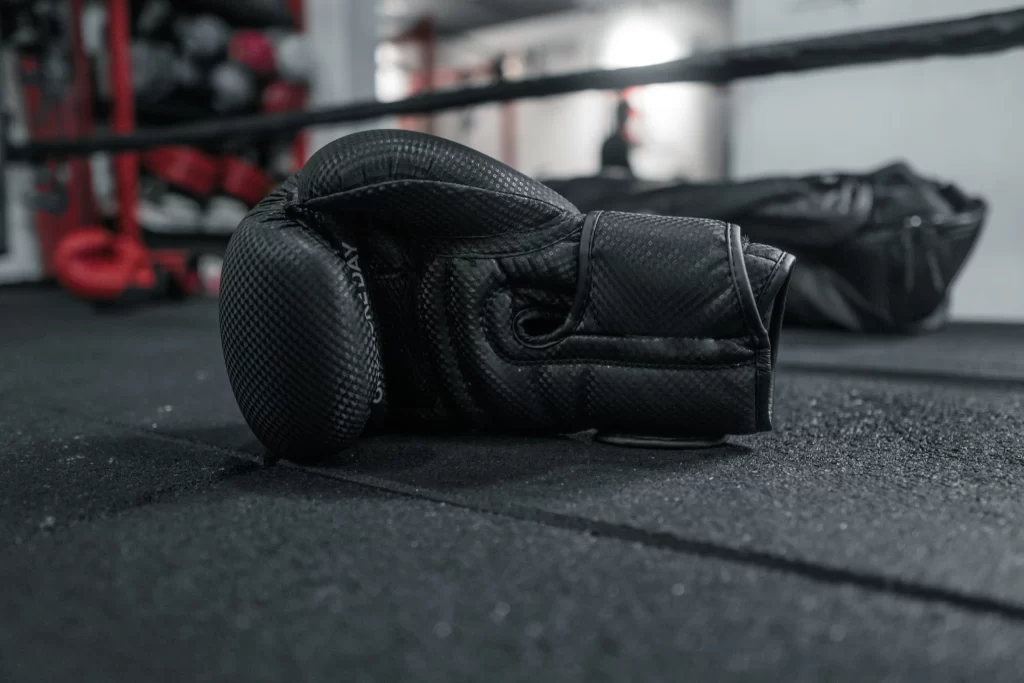A heated discussion on the morality of contact training in youth boxing has been triggered by a recent video that showed a boxing coach letting two 10-year-olds fight until they were bleeding.
As for the act itself, some argue it is a necessary part of skill development and character building, while others think it is dangerous and possibly damaging to young brains.
The Case for Caution:
The well-established hazards of head trauma, especially to young brains, are an alarming possibility. CTE, a degenerative brain disease brought on by repetitive head trauma, is a significant concern. There are more long-term brain damage risks associated with early sparring than benefits.
Listen to Dr Nowinski. He’s dedicated his life’s work to this study. Kids at this age shouldn’t be taking shots to the head. My son is ten and works with training mitts and a heavy bag. They’re brains are still developing at this age.

Furthermore, they raise questions about consent and exploitation. Are children truly capable of understanding and consenting to the inherent risks involved in such intense training? Or are they being pressured or bullied into participation by coaches or peers?
The Coach’s Corner:
Supporters of Coach Ramirez claim that regulated sparring may be an effective tool for improving skills, discipline, and toughness. They point out the need to wear protective gear and follow safety requirements, stating that the advantages exceed the dangers.
Look at them kids! Bleeding like that and smiling….I love to see it. Gonna guess they’re training for a national tournament? Feel bad for the poor kid who tries taking their lunch money in school.

They also highlight the importance of individual assessment and tailoring training to each child’s maturity level and capabilities. They argue that responsible coaches wouldn’t expose vulnerable children to undue harm.
The debate highlights the need for a nuanced approach to youth boxing. Striking a balance between fostering potential and protecting young athletes is crucial. This could involve:
- Raising the minimum age for sparring: Allowing brains to develop further before exposure to head trauma.
- Implementing stricter safety regulations: Mandating headgear with proper nose guards and stricter limits on contact intensity.
- Prioritizing skill development over competition: Focusing on technique and fundamentals before introducing sparring.
- Ensuring informed consent: Guaranteeing children understand the risks and participate willingly.
